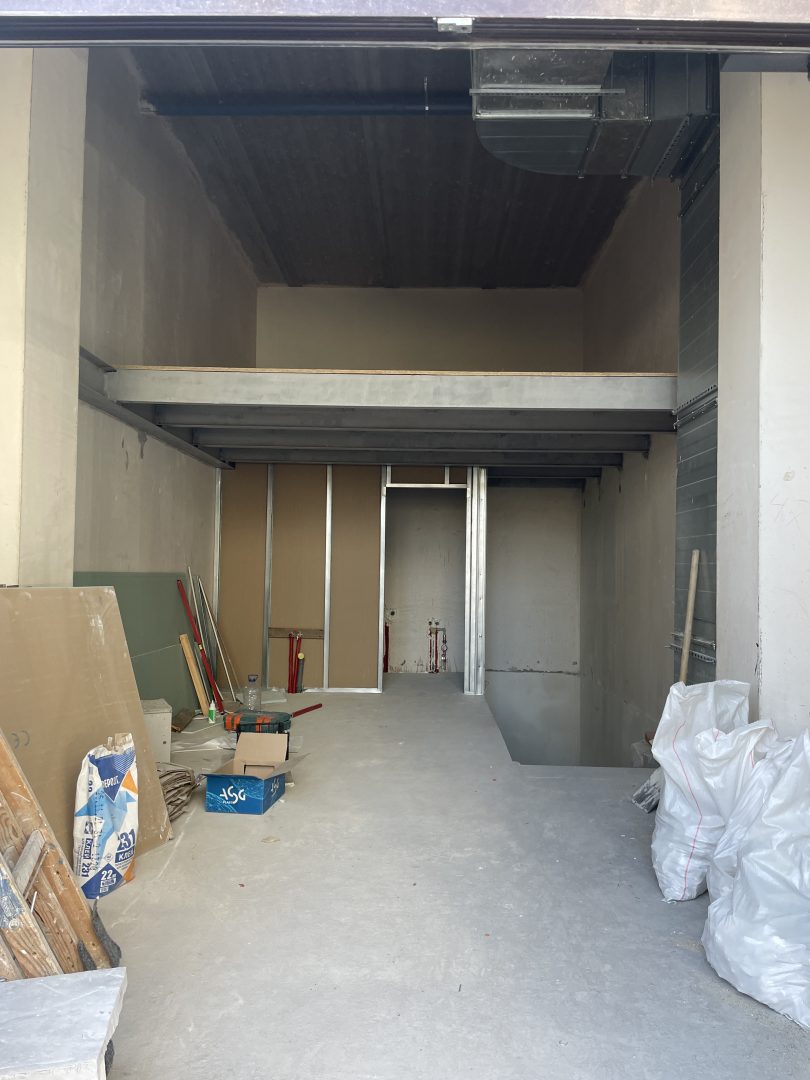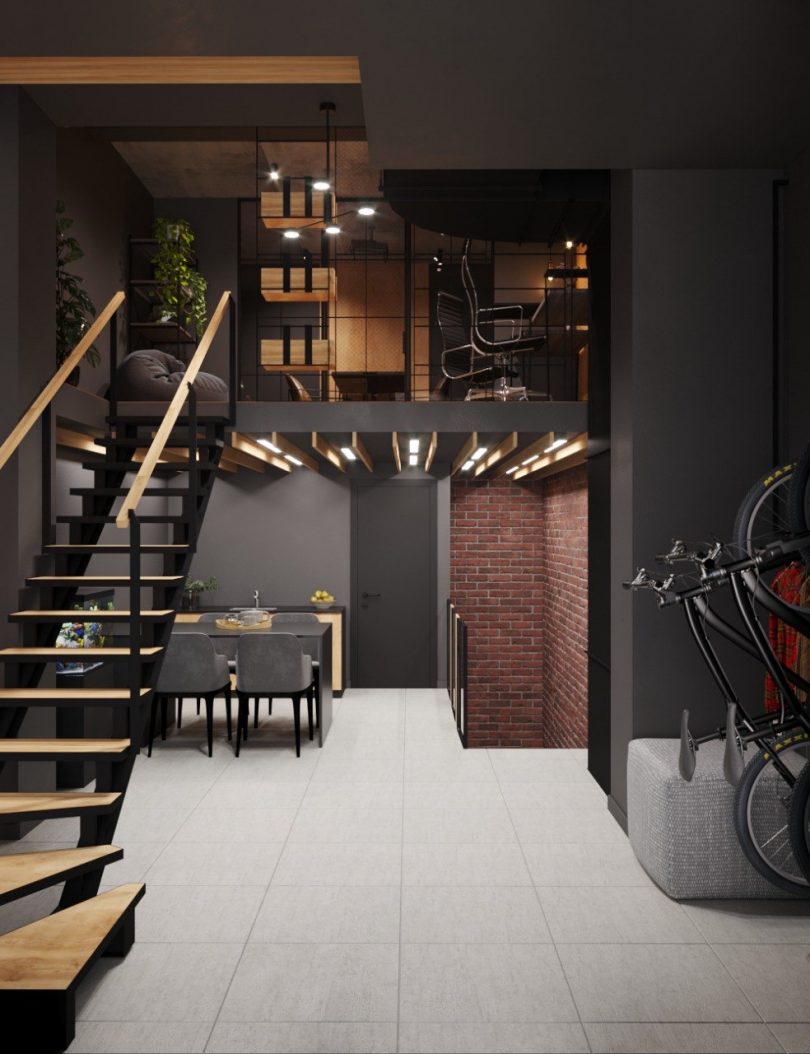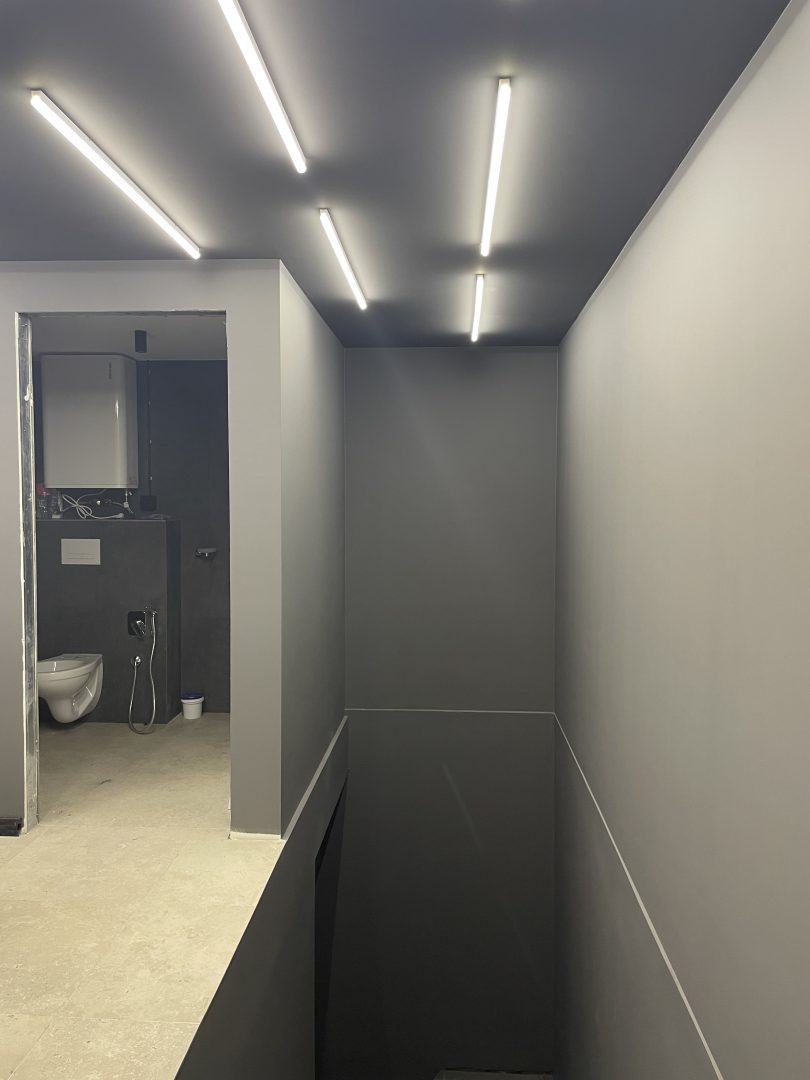Expectations from design: cons and underwater stones
«I finished 2nd. I’ll manage their expectations»
Top Gun Maverick
Recently, I had a call with one of the developers of a very prospective project. We discussed project development, looked through visual concepts and talked about fast ideas. When I asked him about offers, he said he had some expectations. It all seemed ok, but I didn’t talk to the project’s customer yet. This, in turn, led to facing pitfalls that caused some problems in the project.
I understood the problem’s essence when I found myself in the client’s seat. This experience taught me a lot and helped me to see the situation from a different angle.
For you to understand what I mean, I will tell the story from the customer’s place. The story begins with the waiting for our office renovation.

What is an expectation? Why can it cause so many problems?
The expectation is a picture, a fantasy. It is very blurred, although it looks super detailed. Its purpose is limited by time, physical, mental and financial resources and hidden personal benefits. Physical resources are people and instruments for implementation. Mental recourses are the professional people’s skills and their personalities.

Even with the steepest pipeline, creating complex products is teamwork or a common creativity. The team can blur your idea, misunderstand it, amplify it and fill it with details. In this case, your imagination turns into something real, and each player brings their elements to the product. You also need to control each stage and element. Still, it is impossible as we have different budgets than, for example, the movie industry.
As I’ve told you before, I put myself in the customer’s shoes as I ordered the interior designer’s services.
Hidden Benefits or Goals
I was challenged to create the most attractive design for the future office and spend the least on it. We also needed a large sound studio for our own projects.
The goals were the following:
- Full author’s supervision to save my time;
- ASAP – to save the money;
- Cheap – as the place is not on my property;
- Beautiful, as we are the designers;
The first conflict appeared when I had to let go of control and give it to the designers. The next one – when I understood that designers were working very slowly. So, I started helping them in finding some materials and ordering furniture. And that’s where the problems started.
I discovered my unconscious hidden purpose and the conflict – I wanted a comfortable, warm, and spacious space without paying much money.
A hidden benefit/goal usually becomes visible if it is broken.
My long experience lets me extract the following benefits and goals that bother the realization of the project:
- Fear of failure of the whole project;
- Fear-pain of losing money;
- Unconscious desire for self-empowerment (I’m good at it, I am a fellow);
- The desire to manage and total control;
- The desire for a perfect result;
- The unimportance of the project;
I realized my hidden goal too late. Thus, I didn’t choose appropriate criteria and priorities.
Example. When ordering furniture, I realized we overpaid 30% of the budget for non-standard decisions. We could choose the standard cabinet for the bathroom and add it to the visualization. Still, we ordered a designer’s version. This is an obvious example of conflict: we wanted a beautiful, cool, but budget thing.

When I talk about goals and benefits, I always keep in mind the creators. Most specialists in our sphere are masters of arts and technologies. They create innovations. Still, I often meet many people disappointed by failed expectations. This fact hurts me a lot!
Failed Expectations
I always look deeper when I hear: “I want you to do that beautifully; I see it like that, and this part must be the same color as my logo.” Such total control means that a person has a strong desire for something. He may be aware of it or not.
The most common places of failed design expectations are style, details and the time for corrections. Failed expectations mean that something went wrong the first time, which led to a pause in the project.
The normal process looks like this: “task-realization-failed expectations (stop)-(instead)corrections-checking the result.
Instead, the person chooses the following scheme: “task-realization-failed expectations-result-a new better task for the new designer-the result is accepted for lack of funds, efforts, or because the data were more concrete.”
Example. The door craftsman did his work the first time. I didn’t see him missing essential details like rubber bands and door axis correction. So, I called him, and he did all I would write below. The next time, he did more than I expected. Besides adjusting the axle and threshold, he added seals I didn’t see.
How to Choose the Right Specialist?
If you don’t complete the first iteration of interaction with the designer and his skills and portfolio meet your desired result, go through my verification questions.
- What do we have if we stop and start with those results? Am I ready to work with that data? Why?
- What does this contractor say about my goal? How does he understand it?
- What are your key components of the project? What components are essential to release the project? And what of them can bury it?
- Who provides time to continue? (I, developer, marketer, owner, sound designer)
Experience
You should understand that first or one-time tries to manage creative projects are very far from reality. Why? You don’t know your important points of control, the details you need to keep up, what team members and skills you need. My experience shows that those who stopped on a stage of expectations came to realize their own ideas instead of managing the project. My statistic shows that the audio soft industry is made by hand.
The industry looks like the following:
- 70% of creators and engineers create major projects and innovations.
- 20% are entrepreneurs who create innovations or cash cows.
- 10% skilled project managers create the biggest projects.
Should We Extinguish the Fire?
Recently, I raised the issue of customer satisfaction with the result again. Should we still intervene and impose an opinion or defend it? My partner insisted that the last word is for the customer as it is his expectation. We cannot insist on our vision as no one told us to do that.
Thus, we should show the client all the factors influencing his decision and expectations. Even if we should ask about the marketing approach and team. This can help to highlight all the underwater stones.
What Do We Do In Case the Project Fails, or the Client Gets an Unexpectable Result?
We work with our typical retrospective, sometimes asking the client to join the process.
- «+» what was good and should stay in the project;
- «-» what was failed and should be removed;
- «+-» things we need to change or add.
Then, we create a plan, taking into account priorities and time.
Turning to our office and my expectations from the design. I tried to balance between decreasing costs. Anyway, the budget was increased, as I expected. After all, I am not an experienced manager in interior design. Moreover, I did not waste time for control.
The Conclusion
To sum up, you cannot create a cool project without the following factors:
- You should know your true motives. Be ready to make mistakes and be open to changes. Your own or someone else’s experience will help control the main points for the successful completion of projects.
- You should trust the teams that aim to complete the project successfully. Remember that your team includes people who will be passionate about your ideas.
- You must be ready to look inside yourself. Keep in mind that your vision may differ from the vision of another creator.
- Creative and successful ideas cannot appear fast and cheap. Skilled and creative specialists won’t work for a low salary.
- Our experience has proven that fast ideas often require more work and “layering” the details. The initial fast concept is always subject to internal discussion and refinement. We know what specific small details are worth paying attention to create an outstanding project.
P.S. Turning back to the project’s customer from the start of this story, we brainstormed many ideas to have a choice. And then choose one that may be essential. This approach is more expensive but effective. We also planned a call with the customer to hear all his expectations about the product, our approach and key questions about the project.